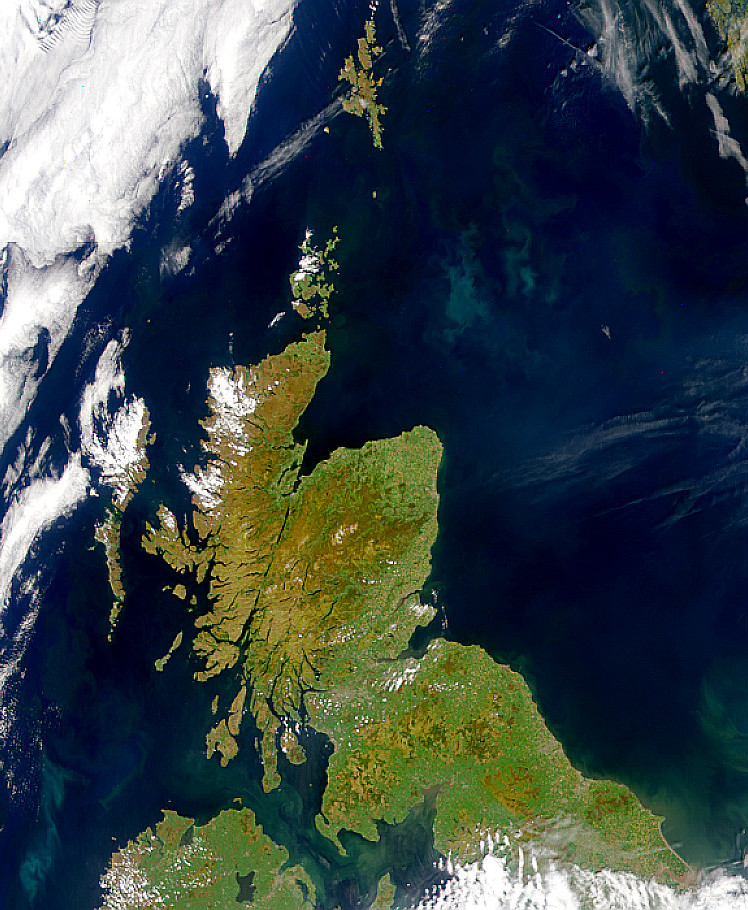Geological History
Scotland's geological history is multifaceted, extending over three billion years, encompassing shifts from being part of vast continents to isolated islands. Initially, during the Precambrian era, it was part of a landmass near the South Pole, harboring some of the oldest rocks on Earth, visible today in the Northwest Highlands. Scotland then became part of the supercontinent Laurentia, and later collided with what is now England and Wales, forming the supercontinent Pangaea in the late Paleozoic era, causing the creation of the Caledonian Mountain range. The subsequent breakup of Pangaea led to various geological transformations, including volcanic activity and glaciation during the Quaternary period, which shaped Scotland's valleys, lochs, and rugged landscapes. Additionally, it underwent significant sedimentation processes, which have yielded extensive coal, oil, and gas deposits.
This event is also available in the following timelines:
